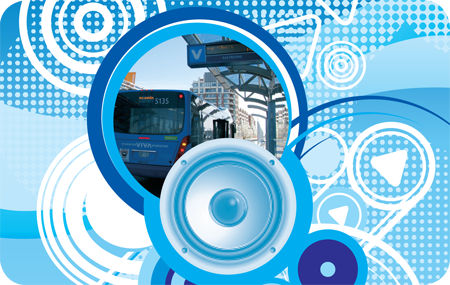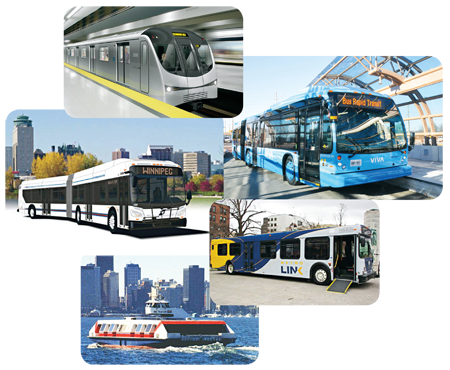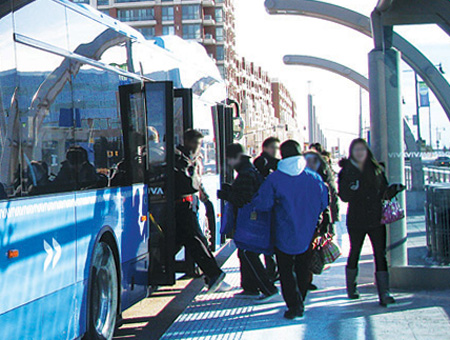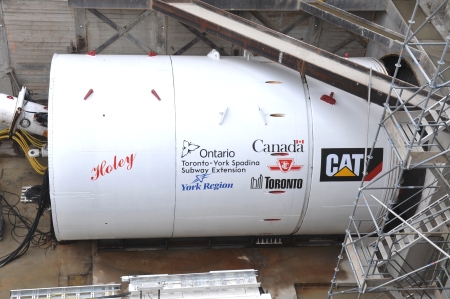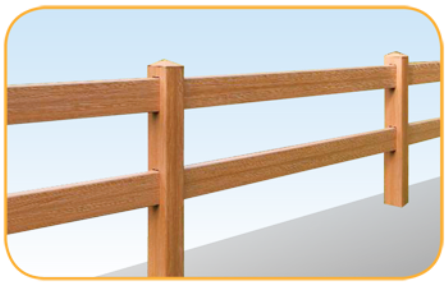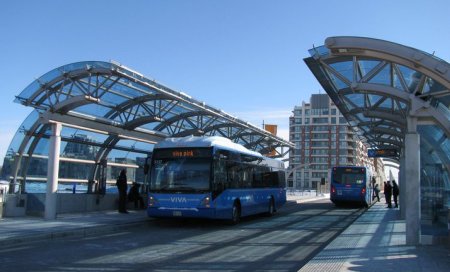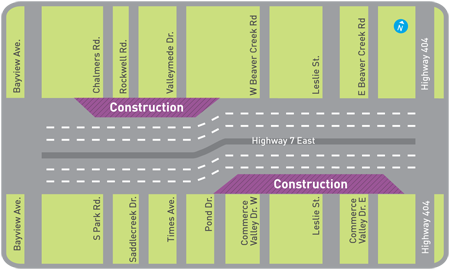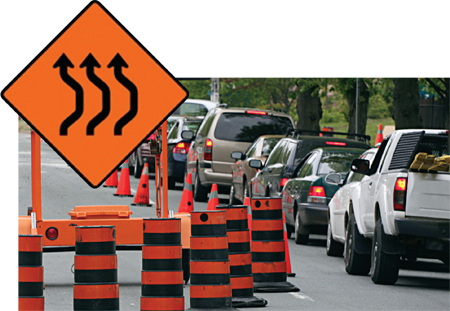One of the things I’ve enjoyed about working with vivaNext, has been the opportunity to watch the plan take shape for York Region’s rapid transit future. In our weekly project meetings, I get to see up close the incredible amount of thought and expertise that goes into planning every single aspect of our new system. Now that we’re into final design and construction on Highway 7 East (and will be soon on Davis Drive in Newmarket), detailed design decisions are being made on a whole range of topics. So from time to time, our blog will focus on a particular topic, to give you a sense of what’s happening and a sneak preview of the plan ahead.
This week, our engineers brought forward their initial thinking on the speakers to be used for the Public Announcement (PA) system we’ll have at each station. In my experience, PA systems in big public spaces don’t usually work all that well – it’s sometimes hard to actually understand what’s being said, even if the volume is cranked right up. Our engineers agree that transit PA systems are often either too loud or too quiet, and in either case the words are often garbled and unintelligible.
So this week they made a plan for how to design an ideal PA system for vivaNext. It needs to be designed to provide the right loudness (6 to 10 decibels above the ambient noise), provide uniform coverage across the listening area, and be clear and easy to understand.
To deliver on the first measure, there are sensors that will constantly measure the ambient noise levels – which will be higher during the day when multiple buses are at the station at once and traffic is passing by, and quieter at night when there’s less activity. The sensors can be connected to the speakers, so that the volume can be constantly adjusted to keep it at the right level. Being able to adjust the sound to just above ambient noise levels is very important, to ensure that people on the platform can hear messages, while ensuring it isn’t so loud that sound spills off the platform and disturbs others.
Placing the speakers is relatively straightforward, taking into account where people will be along the platform and in the enclosure, and also considering our vivastations’ curved canopies and glass and steel structure.
Measuring the intelligibility of the system (i.e., how easy it will be to understand what is being said) is more complex, and uses a modelling approach called the Speech Transmission Index or STI. The STI is one way that acoustical engineers have to model how sound will move around a space, taking into account echoes, distortion and background noise, to predict how clear the final messages will be.
Designing a first-class PA system is complicated, and like everything else on this project, depends on a wide range of technical and design expertise. Our team is more than up to the task, and I hope you find this gives you a sense of the kind of work needed to bring vivaNext to life.

